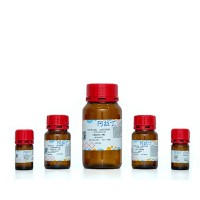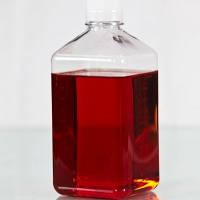One-Dimensional Western Blotting Coupled to LC-MS/MS Analysis to Identify Chemical-Adducted Proteins in Rat Urine
互联网
互联网
相关产品推荐

Influenza A H15N2 (A/Australian shelduck/Western Australia/1756/1983) Hemagglutinin Protein (HA1 Subunit) (His Tag)
¥4520
![6-氯-2-[(2,4-二氯苯基)甲基]-1H-1,3-苯并二唑;1274937-58-4;>95%(LC-MS);V10687-1g](https://img1.dxycdn.com/p/s14/2025/1029/004/8672158669127143891.jpg!wh200)
6-氯-2-[(2,4-二氯苯基)甲基]-1H-1,3-苯并二唑;1274937-58-4;>95%(LC-MS);V10687-1g
¥398

TRIS 硼酸盐-EDTA 缓冲液浓缩物,长期,for Northern and Southern blotting, solution,阿拉丁
¥4784.90

SMM 293-TIII Expression Medium (Serum-free, chemical defined)
¥650

yscM/yscM蛋白/yscM; Yop proteins translocation protein M蛋白/Recombinant Yersinia enterocolitica Yop proteins translocation protein M (yscM)重组蛋白
¥69
相关问答

